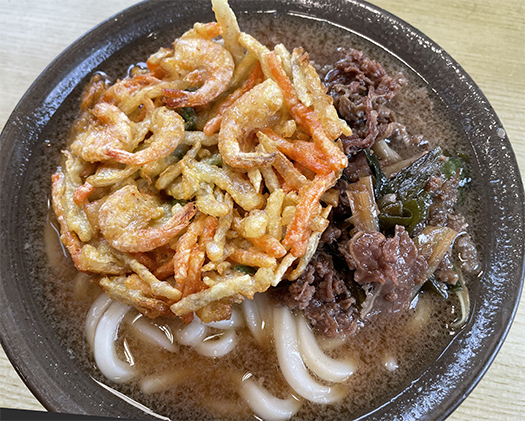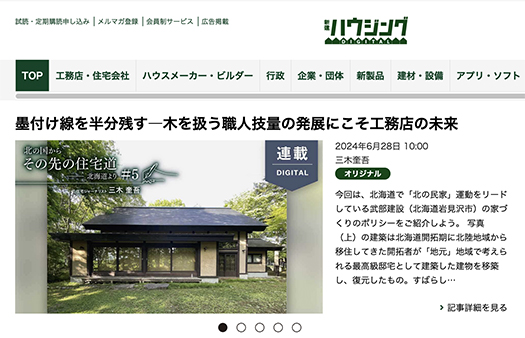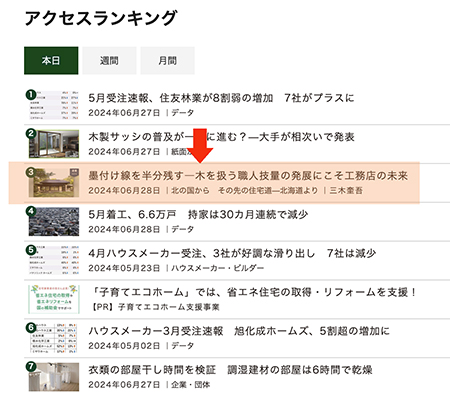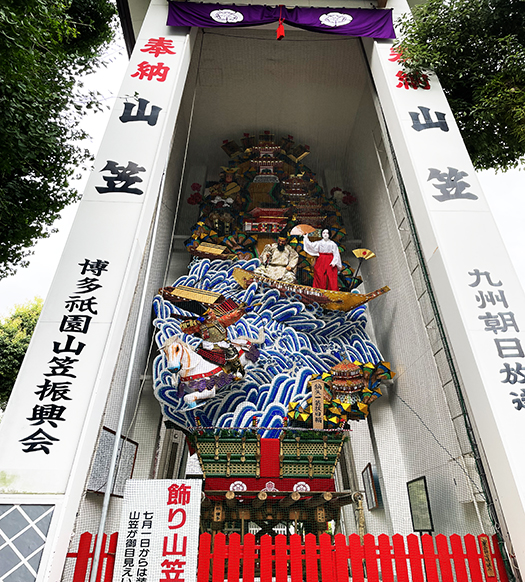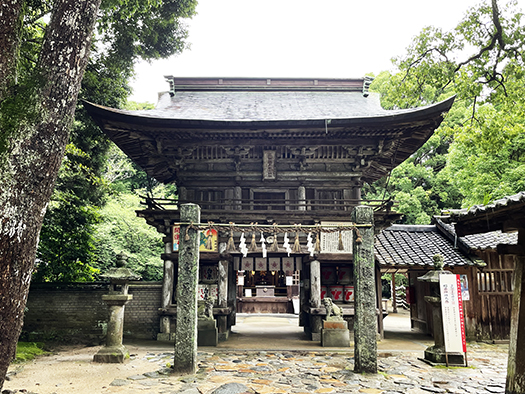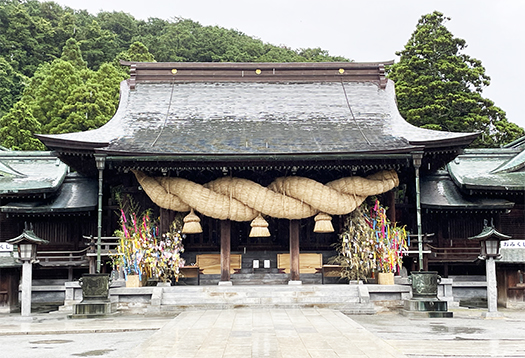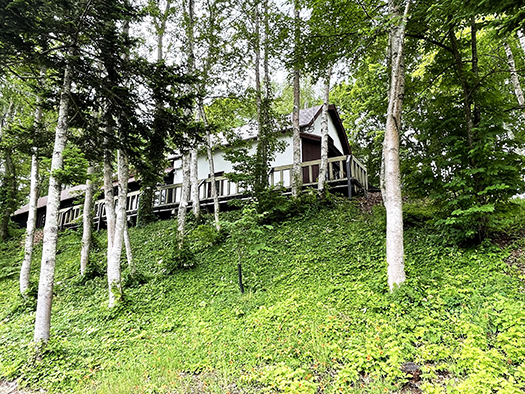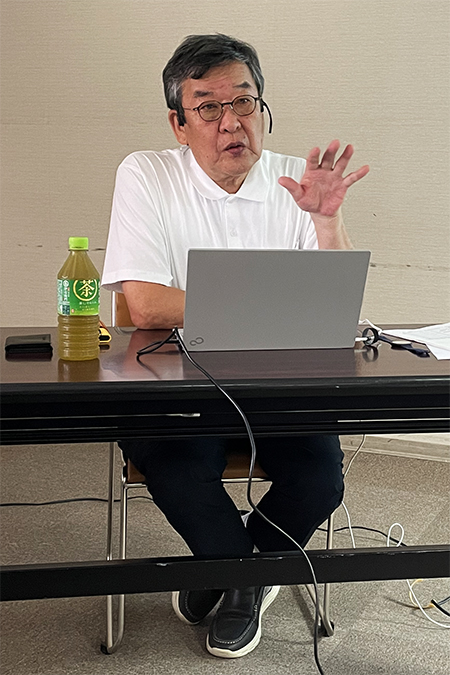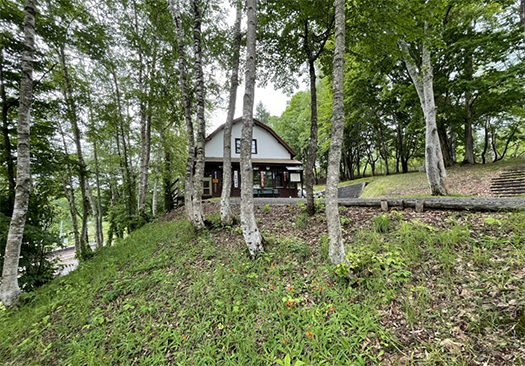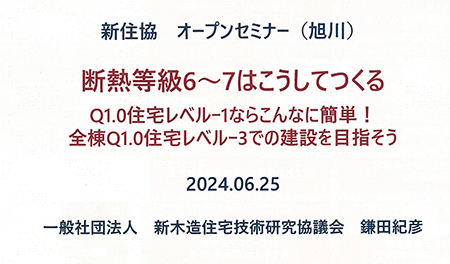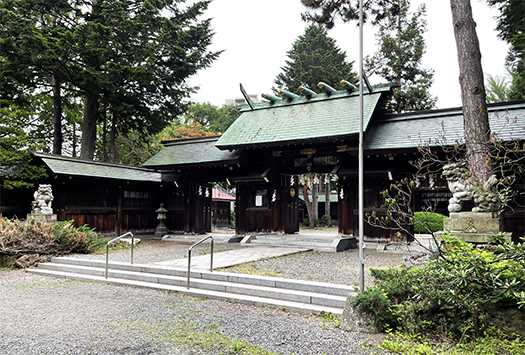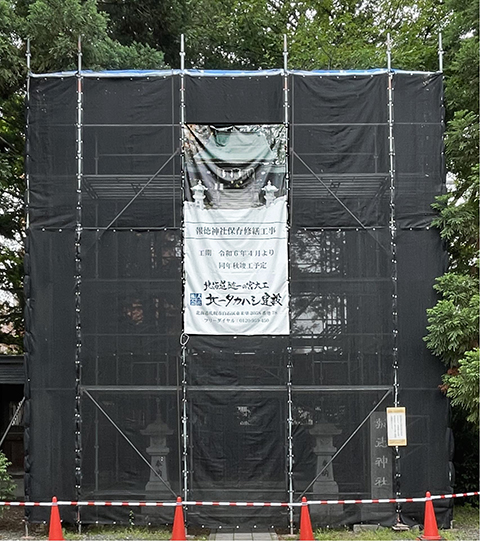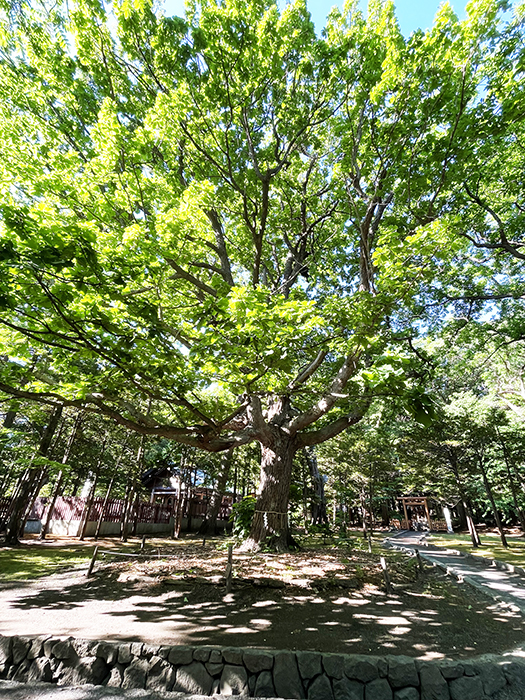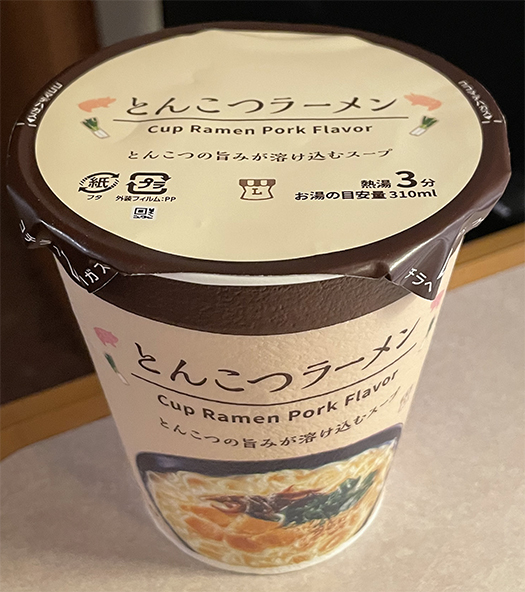
さてようやく福岡県をはなれ、カミさんは札幌に帰還しましたが、わたしは用事があって東京に宿泊していて本日帰還予定であります。さすがに1週間の旅程は長いので早く帰りたい。疲れもやはり溜まっているのでしょう、つい間食に手が出てしまう。マズイ。
なんですが、コンビニで棚を見ていたら写真のような魅惑的な姿を発見、ヤバい(笑)。
博多にいる間は昼の外食はうどんが多かった。ちなみに先日のうどん文化圏ブログはけっこうバズっていました(笑)。で、博多ラーメンは2回だけ。それも1軒はホテルへの帰還途中で、目の前で見つけた名前を知らない店舗。夜も遅めになっていたので、ここであったが百年目の心境で食べてみた。結果・・・。
まぁ、通の人にはいいのかもしれませんが、わたしたちのような旅行者にはややこだわりが強すぎて無言の行に徹していた。なのでもう一軒は「長浜屋」という老舗店で。こちらは博多とんこつラーメンの正調という味。
そういう体験でしたが、東京に移動してきて間食につい手が伸びてしまったのがこの写真。
まぁ一種の博多の旅からの「ノリ」でしょうか。
本来間食は厳禁なのですが、一人旅になるとどうしても食事時間が不規則になってしまう。気がついたら昼飯を食べていない、みたいな行動になってしまう。
で、LOWSONによるOEMなんでしょうが、味は1軒目の博多の店舗よりはずっとよかった。どうもわたしはラーメンなど麺類は自分で作る一択で、札幌にいても外食でラーメンを食べるという食文化を持っていないのですね。専門店舗で食べるというのは、一種のギャンブルに近くて、10回で1-2回くらいしか「当たり」がないのですね。
おれだったら、こうはつくらないという気分が強すぎるのでしょうか。そこにいくとこういうOEM食品の方が「無難」ということはある。
たぶん多くの人がそういう風に感じているのではないだろうか。カミさんが一生懸命、旅行雑誌などを手に「ここがいいか、あそこがいいか」と悩んでいましたが、店舗の味を取捨選択するというのはちょっと無謀すぎるのではないか。まだ和食店とか、洋食店とかではいろいろな食材を選べるので逃げ道があるけれど、麺類専門店ではそうはいかない。先般の「うどん」チェーン店の繁盛ぶりというのはそういった「地元民の選挙結果」みたいな安心感がある。
むしろ、無難に食べられるという意味合いではコンビニ食品のほうが、多くの「共通項」テストに合格した無難感があるのでしょうね。ということで、ハラ減った。本日は以上。
English version⬇
Tonkotsu (pork bone) noodle soup in a hotel in Tokyo, away from Hakata.
Choosing a noodle store is very difficult. It’s almost like a game of chance. The recent convenience stores have a huge selection of individual meals, and their research and development is amazing. A safe choice. I’m sure it’s a safe choice.
Now that we have finally left Fukuoka Prefecture, my wife has returned to Sapporo, but I am staying in Tokyo for some business and will be returning today. It’s been a long week, and I want to get home as soon as possible. I’m probably tired, so I’ve been snacking. It’s not good.
But when I was browsing the shelves at a convenience store, I found a seductive figure like the one in the photo.
While I was in Hakata, I ate out for lunch mostly with udon. By the way, the udon culture area blog the other day was quite a buzz (laughs). And I had Hakata ramen only twice. One of them was on the way back to the hotel, at a restaurant I didn’t know the name of, which I found right in front of me. It was getting late at night, so I tried it here, but with the heart of a centenarian. The result…
Well, it may be good for connoisseurs, but for travelers like us, it was a little too particular, and we were in a silent line. So we went to another long-established restaurant called Nagahamaya. This one tasted like the authentic Hakata tonkotsu ramen.
That was the kind of experience I had, but when I moved to Tokyo, I just couldn’t resist snacking on this picture.
I guess it was a kind of “groove” from my trip to Hakata.
Eating between meals is strictly forbidden, but when traveling alone, meal times tend to be irregular. I find myself acting like I haven’t eaten lunch.
I was surprised to find that the taste was much better than at the first restaurant in Hakata, although it was probably OEM by LOWSON. I have never had the food culture to eat ramen at restaurants even in Sapporo, because I have only one choice to make ramen by myself. Eating at a specialty restaurant is a kind of gambling, and you only get a “hit” once or twice out of 10 times.
I think people are too much in the mood that if it were me, I wouldn’t make this kind of food. When you get there, this kind of OEM food is sometimes “safer”.
Perhaps many people feel that way. My wife was trying very hard to decide whether it is better to go there or not with a travel magazine in her hand, but I think it is a little too reckless to choose and discard the taste of a restaurant. There is still a way out with Japanese or Western restaurants because you can choose from a variety of ingredients, but that is not the case with noodle specialty restaurants. The recent prosperity of “udon” chain restaurants is a reassuring sign, like the result of an election by local residents.
Rather, in terms of being safe to eat, convenience store food probably has a sense of safety that has passed many “common denominator” tests. So, hara less. That’s all for today.
Posted on 7月 3rd, 2024 by 三木 奎吾
Filed under: おとこの料理&食 | No Comments »




